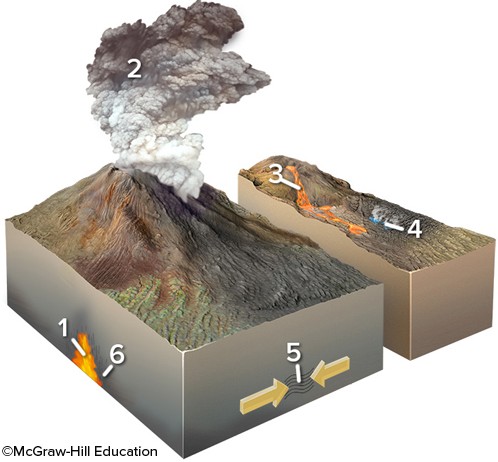Describe, in terms of biotic potential and environmental resistance, how the human population is affecting natural ecosystems
What will be an ideal response?
Human population is affecting natural ecosystems by increasing the environmental resistance many species face. We may change the pH, nutrient load, or salinity of water; increase the chemical pollutants in water; change the pH, salinity, or nutrient load of soil; contaminate soil with synthetic pollutants; flood or drain land; increase or decrease the chance of fire; or change local or global temperatures. Human actions tend to decrease the probability of survival for most organisms.
Typically, biotic potential is not altered by human activities. Biotic potential is the number of offspring a species may produce under ideal conditions. Humans are able to increase or decrease the number of offspring produced by domesticated species, but this is more difficult in wild species. Recruitment is not typically changed by human action. The length of "childhood" has been changed for humans, but we have not changed this for other species.
You might also like to view...
Which of the following locations would form a hydrothermal rock?
A. location 1 B. location 2 C. location 3 D. location 4 E. locations 2 and 3
A by-product of photosynthesis is
A) nitrogen. B) argon. C) oxygen. D) xenon.
Most cropping systems in the U.S. rely on corn because it is the crop with the highest value
Indicate whether the statement is true or false
What is the term for the sinuous pathway through which a stream flows?
A. Lake B. Channel C. Wetland D. Floodplain